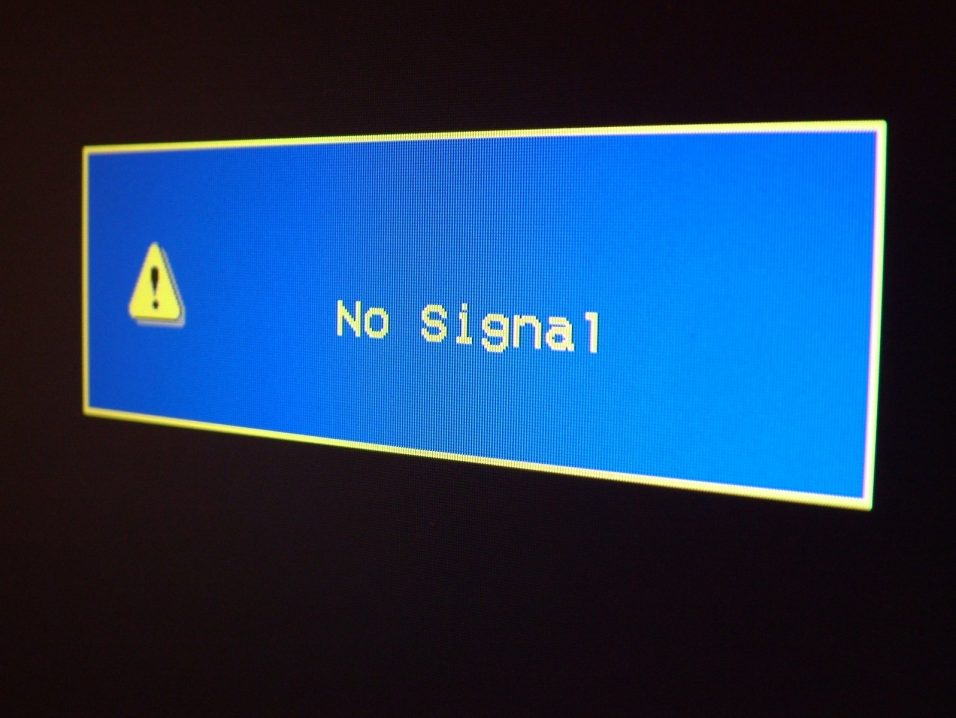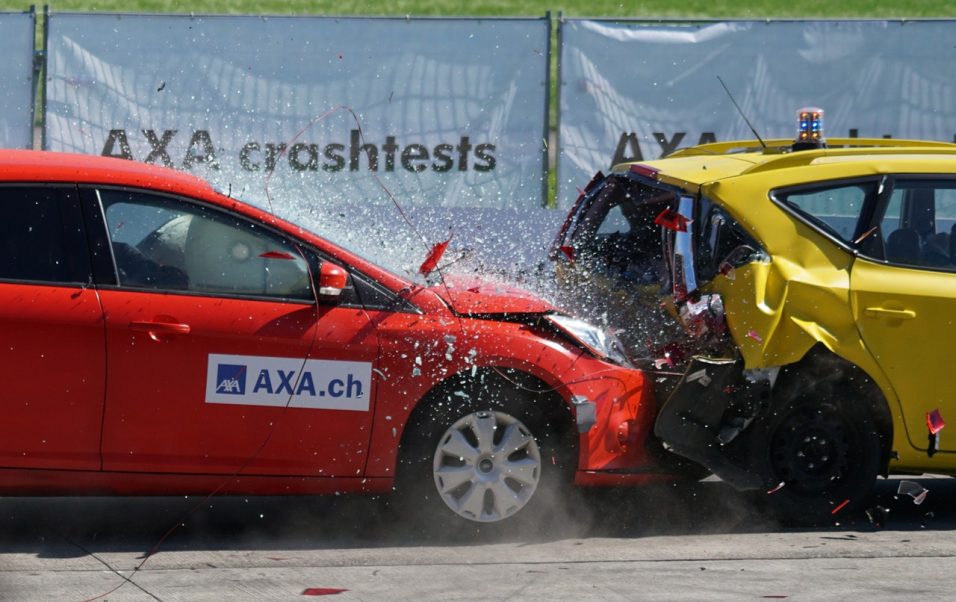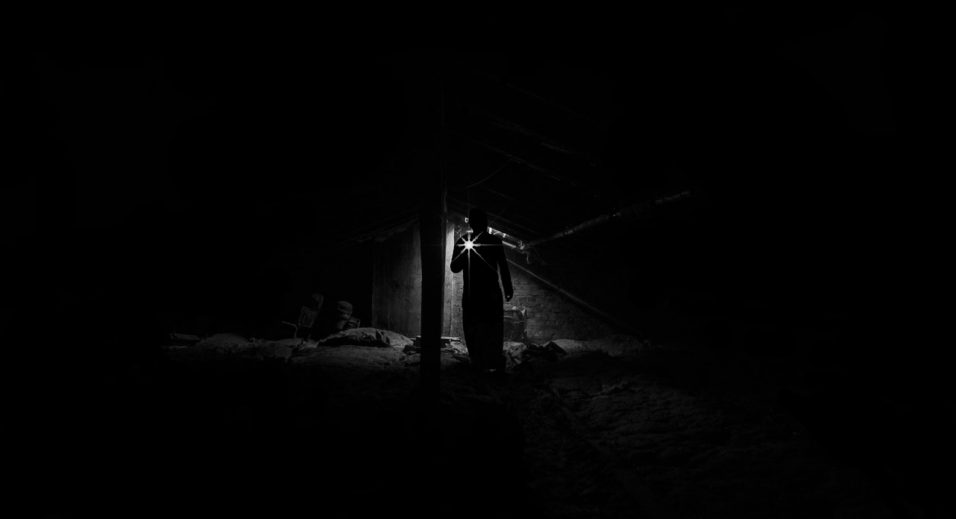Stuff Happening Does Not Equal a Plot

I recently wrote a brief article recalling an old episode of Seinfeld with the central joke that Elaine is dating a man with the same name as a notorious serial killer. I’d forgotten all about the episode and Joel Rifkin. It’s often amazing how time works; back in the early 1990s Rifkin was definitely big news where I lived, and once reminded I can recall how much his name was in the news, which sells Seinfeld’s joke. Thirty years later, it’s amazing to realize I’d completely forgotten about a man who killed 17 people.
Seinfeld was, of course, famously about “nothing.” Of course, that’s cute and all but not really true: The show’s episodes definitely had plots in which characters did things, those actions had consequences, and there were defined arcs. But I think of it now because I’ve recently read a series of novels by aspiring writers that appear to have been informed by the Seinfeldian Nothing Rule. In other words, they don’t have much of a plot.
Plot is So Bourgeois
Now, you can pull off a novel that doesn’t really have a plot, of course, but that’s not what I’m talking about. The problem with these recent books is more fundamental, because the authors think they have a plot. But they don’t. What they actually have is a series of events. A lot of writers apparently confused “stuff happening” with plot.
Plot requires shape. I won’t get into the different models for a story, the theories about rising action and when your protagonist should experience despair — the point is, your story should not be a flat series of events. You need conflict, setbacks, twists, and a discernible arc of some kind as your characters move through the story. If all you’re doing is listing the things your characters are doing, it doesn’t really count as a plot, does it?
And yet so, so many writers make this mistake. They come up with some characters, they come up with a goal or, worse, a scenario of some sort, and then they just … describe things that happen.
An easy way to make this mistake is to assume that if the events you’re describing are dramatic and powerful on their own, that’s all you need. While describing a terrifying or dramatic event can make for some good writing, it still isn’t a plot. Even describing how your characters react to the event in question isn’t a plot unless it has shape to it, unless their reactions drive them to other actions that intersect with other events and/or the desires and intentions of other characters (preferably in conflict with them).
One way to test whether you have a plot or a series of events is to check each action taken by your characters and ask if they’re acting in their own interests or simply reacting to external forces. This isn’t foolproof, but if the answer is the latter every single time, you likely have a series of events instead of a plot.
It’s true that life is just one damn thing after another. But that’s why we need stories that aren’t. Now, if you’ll excuse me, I have to drink six beers in ten minutes. Don’t ask why, just dial emergency services.








